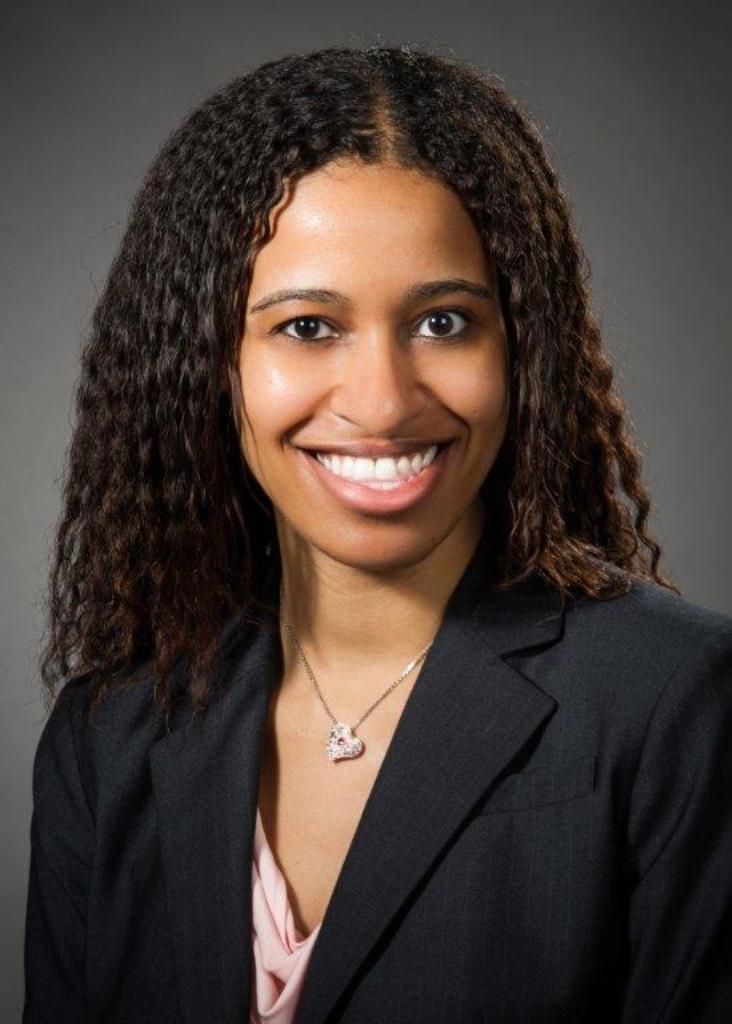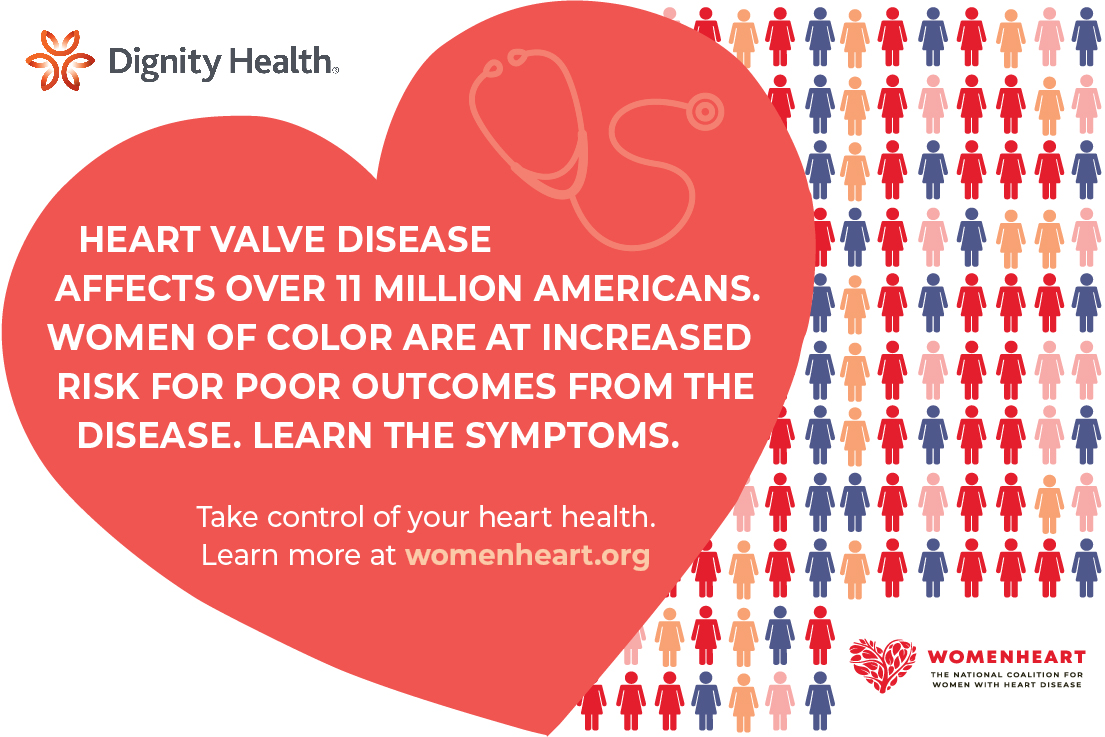 It has been well established that female patients with aortic stenosis – a type of heart valve disease – present at typically older ages. When considering the standard treatment option of surgical aortic valve replacement (SAVR), older age is an important factor because it tends to mean a higher risk profile. When transcatheter aortic valve replacement (TAVR) emerged as an alternative to SAVR in high-risk patients with aortic stenosis, differential outcomes in various patient subgroups became a topic of interest. One group in particular that was evaluated included women, where the pivotal PARTNER Trial shed light on improved survival rates in women after TAVR. Subsequently, multiple investigators have sought to define gender disparities in patients undergoing TAVR.
It has been well established that female patients with aortic stenosis – a type of heart valve disease – present at typically older ages. When considering the standard treatment option of surgical aortic valve replacement (SAVR), older age is an important factor because it tends to mean a higher risk profile. When transcatheter aortic valve replacement (TAVR) emerged as an alternative to SAVR in high-risk patients with aortic stenosis, differential outcomes in various patient subgroups became a topic of interest. One group in particular that was evaluated included women, where the pivotal PARTNER Trial shed light on improved survival rates in women after TAVR. Subsequently, multiple investigators have sought to define gender disparities in patients undergoing TAVR.
To the credit of the TAVR manufacturers, there have been statistically more women studied in extreme risk trials, when compared to their male counterparts. Research has shown that women are more likely than men to have bleeding and vascular complications post-TAVR, but have equal or lower mortality when compared to men. This begs the question – if female patients have higher surgical risk with SAVR and better outcomes with TAVR, shouldn’t we be reflexively referring women with symptomatic aortic stenosis for TAVR? Shouldn’t the majority of TAVR procedures happen on women? Unfortunately, the reality is that we find gender disparities in the referral and utilization of TAVR in women, particularly women of color.
In a TVR Registry evaluating over 70,000 patients treated between 2011 and 2016, just less than half (47.7%) were female. When breaking it down by race/ethnicity, nearly 92% of the female patients were white. An astonishingly low rate of only 3.8% were black women. These statistics are staggering and dismal and there has to be strategies in place to increase access to care and decrease the burden of aortic stenosis in women.
Strategies may include increased awareness of heart valve disease in the general population, modifying risk factors to decrease incidence and/or delay onset of heart valve disease, early treatment to decrease morbidity and mortality and increased referral and treatment of women with TAVR instead of SAVR. From a population standpoint, removing barriers such as access to health care and referral bias may be key.
In an effort to tackle a vast majority of these strategies, WomenHeart has received support from Edwards LifeSciences to provide 4 of its National Hospital Alliance members with patient engagement resources. Through the recent development of the rapidly growing and influential Women’s Heart Health Program at Dignity Health in the East Valley of Arizona, Chandler Regional Medical Center and Mercy Gilbert Hospital were selected as one of these 4 hospital systems. As part of the initiative, WomenHeart has provided Dignity Health with a variety of tools that can be used to reach out to patient communities, educate clinicians and staff, as well as keep track of patient visits to ensure strategies are successful.

This grant has also impacted how our hospital system works internally to provide women with better care. It helped establish a much-needed relationship between the women’s heart health program and the structural heart program in the East Valley of Arizona where collaborative care is now focused on increasing awareness of heart valve disease in patient populations where disparities are most notable. It has allowed the women’s heart health program to be a true member of the ‘heart team’ model we routinely see within the structural heart program where a multidisciplinary approach follows the patient from diagnosis to treatment. The development of this collaboration has been extremely rewarding and beneficial for our patients and has led to advancement of research endeavors and education to our clinicians in the area. Through this, we at Dignity Health look forward to changing the astounding statistics and ensuring there is no form of gender disparities when it comes to valvular heart disease.
Dr. Rachel M Bond is the medical director of the Women’s Heart Health Program at Dignity Health in the East Valley of Arizona, a member of WomenHeart’s National Hospital Alliance.




